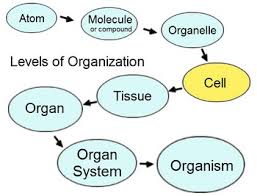Patented Creation vs Evolution of Disease (1)

See: Learning from Bacteria about Natural Information Processing 10/15/09 The author of this monograph, Eshel Ben-Jacob was a biophysicist who modeled cognition using bacterial organization. That concept was extended to answer the question “What is Life?” in the context of Panksepp’s decoding of primal affective experiences. Indeed, in the case of higher animals we know … Patented Creation vs Evolution of Disease (1)


